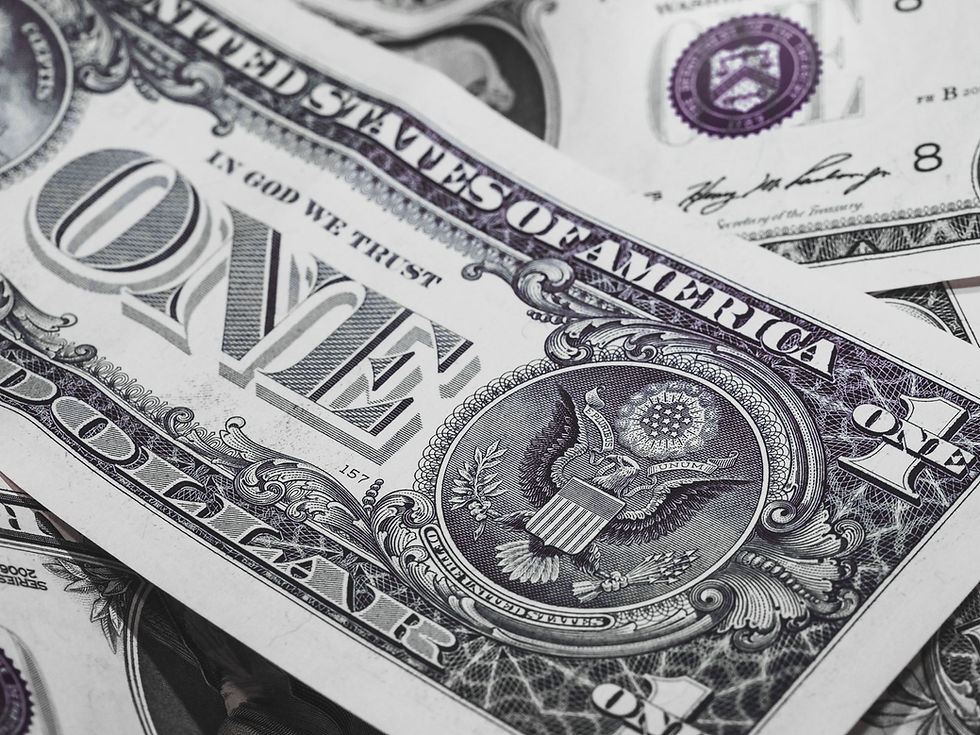Where did the concept of currency come from?
- Xfacts

- Apr 17
- 2 min read
Initially, societies relied on direct exchange of goods and services, but this proved inefficient.
As civilizations developed, they began using commodity money like shells, grains, or even animal skins as a standardized medium of exchange.
Metal coins, first appearing around 600 BCE in Lydia, then became the standard. Paper money emerged in China during the Tang Dynasty and was further developed in Europe.
Today, most countries use fiat money, where the value is not tied to a physical commodity but is backed by the government.
Here's a more detailed look at the stages of currency development:
1. Barter Systems:
Before currency, societies exchanged goods and services directly, like a farmer trading wheat for a blacksmith's shoes.
This system had limitations, including the need for a double coincidence of wants (both parties wanting what the other had) and difficulties with storing value.
2. Commodity Money:
Easily tradable items like shells, grain, or animal skins were used as a common medium of exchange.
These items had intrinsic value or were readily available, making them acceptable for trade.
3. Metal Coins:
The Lydians (ancient kingdom in present-day Turkey) introduced the first regulated coins around 600 BCE.
These coins, made of electrum (a gold and silver alloy), had a fixed weight and value and were often stamped with a royal symbol.
Over time, gold and silver coins became the standard in various civilizations.
4. Paper Money:
Paper money emerged in China during the Tang Dynasty (618–907 CE).
It represented a claim to a certain amount of grain or other commodity held by a merchant or bank.
Paper money provided a more convenient and portable form of currency compared to metal coins.
5. Fiat Money:
Fiat money, like the paper currency we use today, is not backed by a physical commodity.
Its value is determined by government decree and the market's confidence in it.
Most countries have adopted fiat currency systems.




Comments